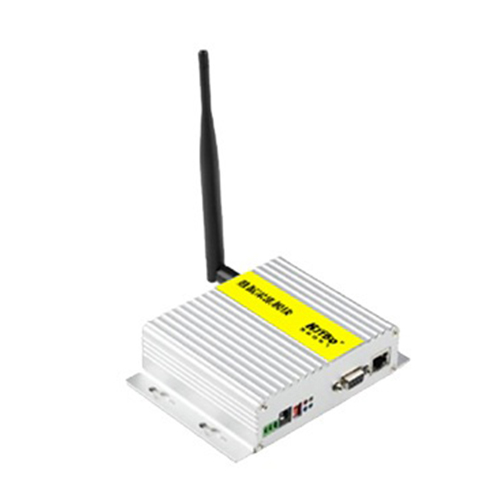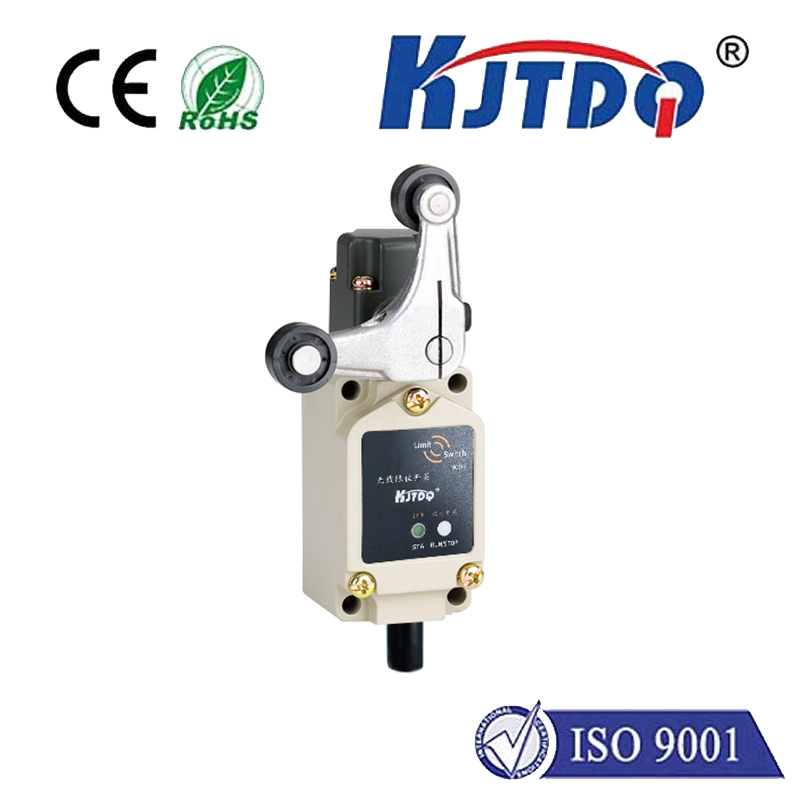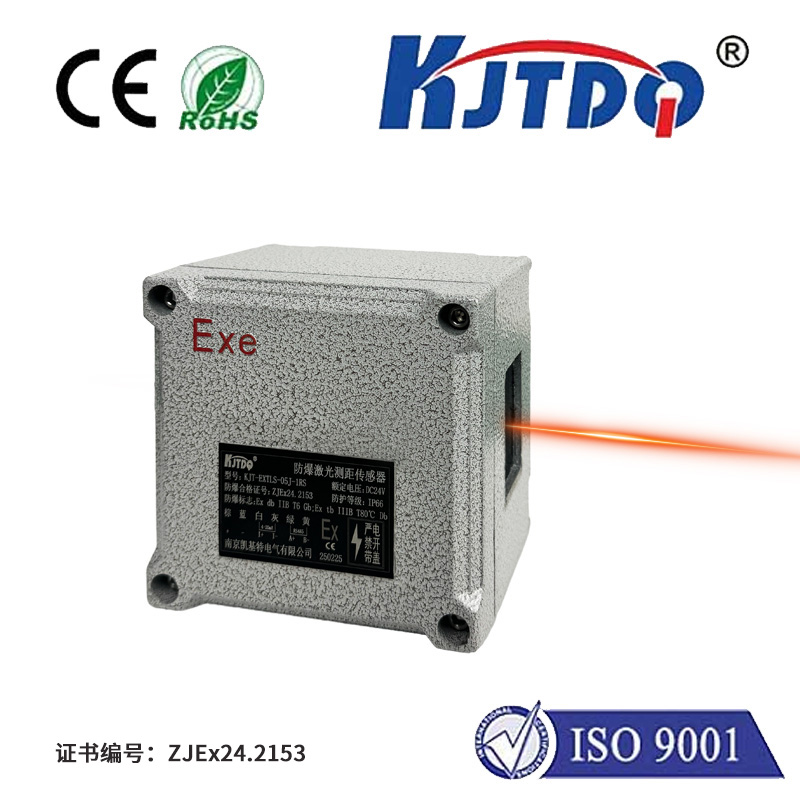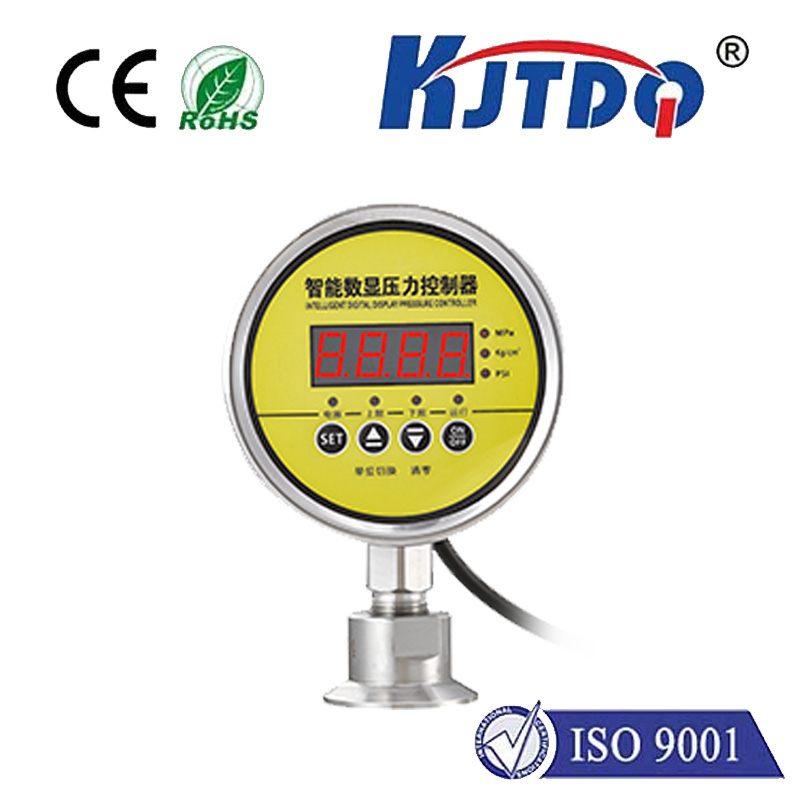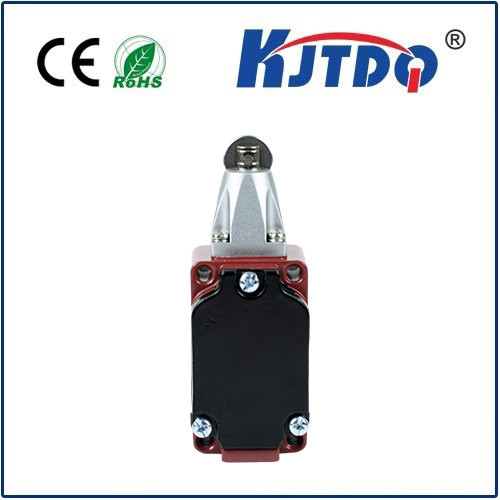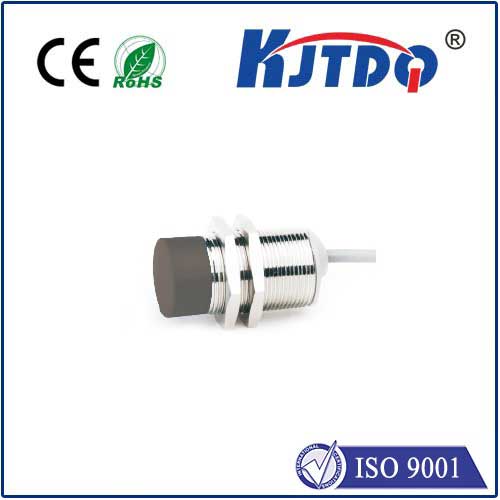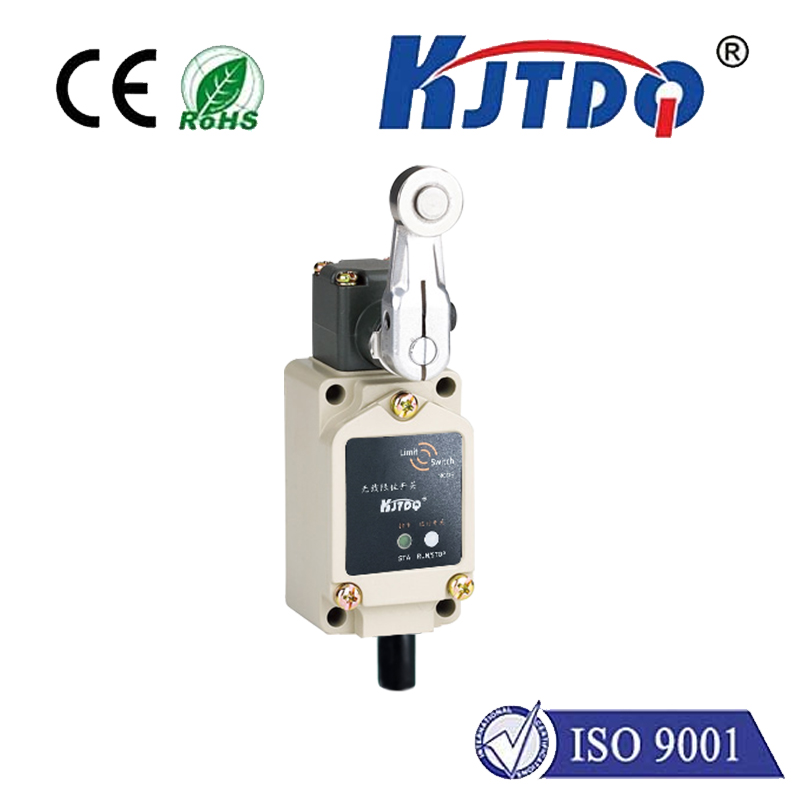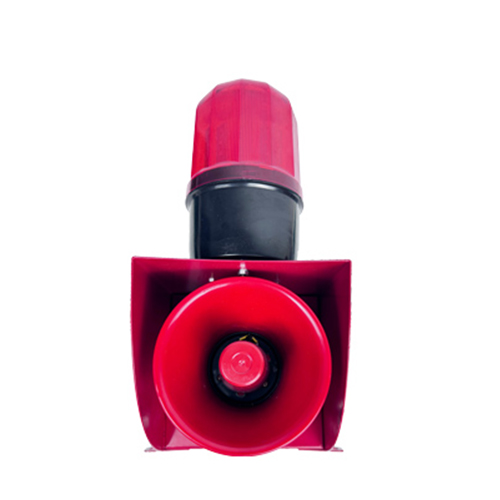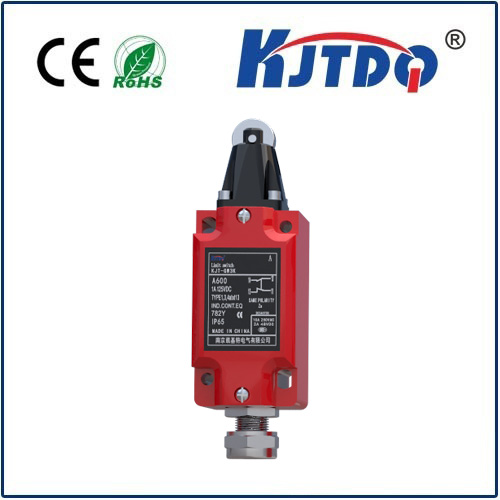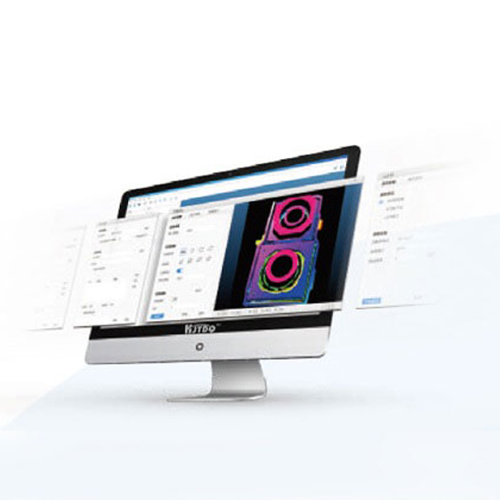BES0307 high pressure proximity sensor
- time:2025-10-16 15:02:59
- Click:0
BES0307 Proximity Sensor: Mastering Precision Measurement in Extreme High-Pressure Environments
Imagine the intense heat and crushing forces inside an industrial hydraulic press, molding molten metal into precise shapes. Picture the relentless pressures deep within a subsea oil & gas pipeline, or the demanding environment within a high-performance jet engine. In these critical scenarios, accurately detecting the position of components without physical contact isn’t just convenient—it’s essential for safety, efficiency, and operational integrity. This is where the BES0307 high pressure proximity sensor steps into the spotlight, engineered to deliver unwavering reliability where standard sensors simply cannot survive.
Defying Pressure: The Core Mission of the BES0307
At its heart, a proximity sensor detects the presence or absence of a nearby metallic object without making physical contact, typically using an inductive principle. The high pressure designation is not merely a suggestion; it signifies that the BES0307 is specifically designed and constructed to operate flawlessly in environments where ambient pressure far exceeds normal atmospheric conditions. Think of pressures reaching hundreds or even thousands of PSI/bar – environments typical in:

- Hydraulic Systems: Monitoring cylinder position, valve status, or ram movement within powerful presses, injection molding machines, and heavy construction equipment.
- Oil & Gas Exploration/Production: Downhole tools, wellhead controls, pipeline monitoring valves, and subsea equipment subjected to immense hydrostatic pressure.
- High-Pressure Pumps & Valves: Ensuring precise control and diagnostics within critical pumping stations and pressure regulation systems.
- Aerospace & Defense: Applications within landing gear systems, engine controls, and actuation mechanisms experiencing significant pressure differentials.
- Industrial Process Machinery: Within autoclaves, extrusion lines, or any closed system operating under sustained high pressure.
Engineering Resilience: How the BES0307 Thrives Under Stress
What sets the BES0307 high pressure proximity sensor apart is its robust design philosophy, meticulously tailored to conquer extreme conditions:
- Pressure-Sealed Construction: The defining feature. The sensor employs specialized hermetic sealing techniques (weld seams, advanced epoxy encapsulation, robust O-rings) and incredibly durable materials (often high-grade stainless steel like 316L or specialized alloys) for the sensing face and housing. This creates an impenetrable barrier preventing internal electronics from being crushed or compromised by external pressure, ensuring signal integrity and sensor longevity.
- Unwavering Immunity to Media: Unlike some sensors sensitive to the surrounding medium (oil, hydraulic fluid, seawater, chemicals), the inductive sensing principle of the BES0307 focuses solely on metallic targets. Its sealed design makes it inherently immune to the effects of these potentially harsh media, maintaining consistent performance whether submerged in oil or exposed to pressurized gas.
- Outstanding Environmental Protection: Beyond pressure, these sensors typically boast high IP (Ingress Protection) ratings (e.g., IP67, IP68, IP69K), safeguarding against dust and water ingress. They are also built to resist vibration, shock, and extreme temperatures, making them true all-rounders in demanding industrial settings.
- Consistent & Reliable Sensing: Utilizing robust ferrite-core coils and optimized electronics, the BES0307 delivers highly stable switching signals with minimal drift over time and temperature. Features like short-circuit protection and reverse polarity protection further enhance operational reliability and safety.
- Non-Contact Operation: The fundamental benefit of inductive proximity sensing – zero physical wear on the sensor or target – is fully preserved. This translates to virtually maintenance-free operation and significantly extended service life, even in brutal high-pressure cycles, minimizing costly downtime.
BES0307: The Strategic Advantage for Demanding Applications
Integrating the BES0307 high pressure proximity sensor translates into tangible operational benefits:
- Enhanced Safety: Reliable position feedback in high-pressure systems is paramount for preventing catastrophic failures, over-pressurization events, or unintended machine movements, protecting both personnel and equipment.
- Maximized Uptime & Productivity: Its ruggedness and non-contact nature drastically reduce unplanned maintenance stops and sensor replacements, keeping high-value machinery running longer and more efficiently even in punishing conditions.
- Precision Control: Accurate, repeatable position detection enables finer control over hydraulic actuators, valves, and processes, leading directly to improved product quality, tighter tolerances, and reduced waste. This precision is critical in processes where millimeters matter under immense force.
- Reduced Total Cost of Ownership (TCO): While potentially a higher initial investment than standard sensors, the BES0307’s exceptional durability, minimal maintenance needs, and prevention of costly pressure-related failures lead to substantial long-term savings. Fewer replacements and less downtime directly impact the bottom line.
- Simplified Integration: Designed with industrial standards in mind (e.g., M12, M18, or M30 threaded barrels), these sensors offer flexible mounting options and are compatible with common industrial connectors and cabling, easing installation and integration into existing control systems.
Selecting the Right BES0307 Variant: Key Considerations
To fully leverage its potential, selecting the appropriate BES0307 high pressure proximity sensor model requires attention to detail:
- Maximum Pressure Rating (PSI/Bar): This is non-negotiable. Ensure the sensor’s rated pressure significantly exceeds the maximum expected operating pressure (including potential spikes) in your specific application. Safety margins are crucial.
- Electrical Specifications: Voltage (e.g., 10-30V DC), output type (NPN, PNP, NO, NC), and current rating must seamlessly align with your control system requirements.
- Sensing Range: Choose the range suitable for your target distance and mounting constraints. Remember that the rated sensing distance is typically specified for mild steel targets under standard conditions; factors like target material and surrounding metal can influence actual range.
- Housing Material & Size: Stainless steel (e.g., 316L) offers optimal corrosion resistance. The physical dimensions (thread size, barrel length) must fit the available mounting location and withstand the mechanical stresses present.
- Environmental Extras: Consider specific needs like extended temperature range tolerance, resistance to specific chemicals or saltwater, or certifications required for hazardous areas.
In the relentless world of high-pressure industrial operations, sensor failure is not an option. Compromises in accuracy or durability can lead to cascading failures, safety hazards, and crippling production losses. The BES0307 high pressure proximity sensor stands as a specialized solution meticulously crafted for this battle. Its pressure-sealed integrity, media immunity, robust construction, and unwavering reliability make it far more than just a component – it’s an essential safeguard and a performance enabler. For engineers and operations managers tasked with maintaining control in the most pressurized environments on earth (or beneath the sea), choosing the BES0307 is an investment in operational resilience, precision, and ultimately, peace of mind, knowing that critical position feedback remains steadfast when the pressure is truly on.






